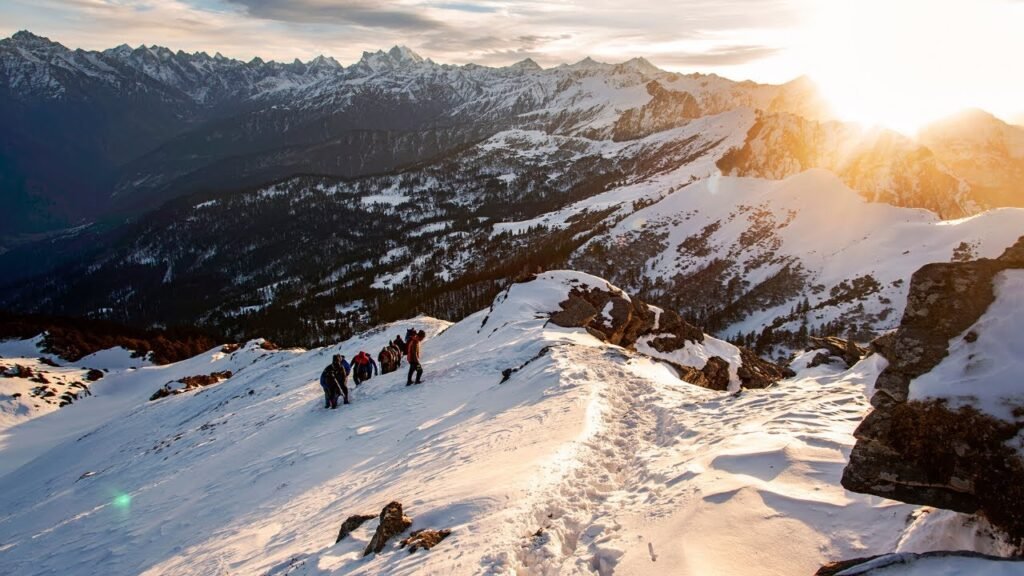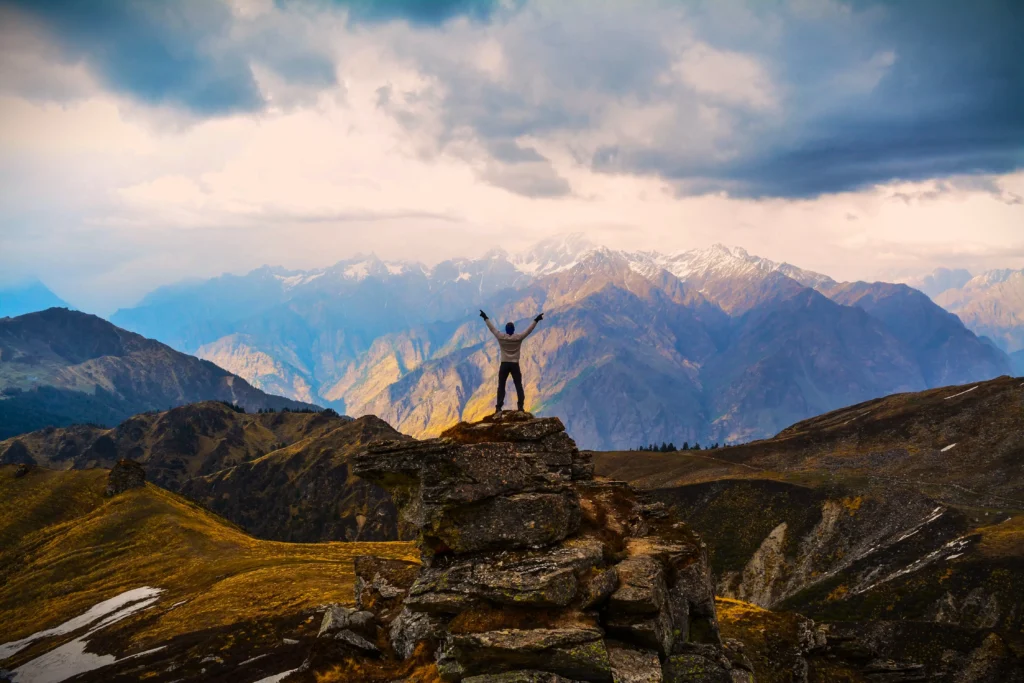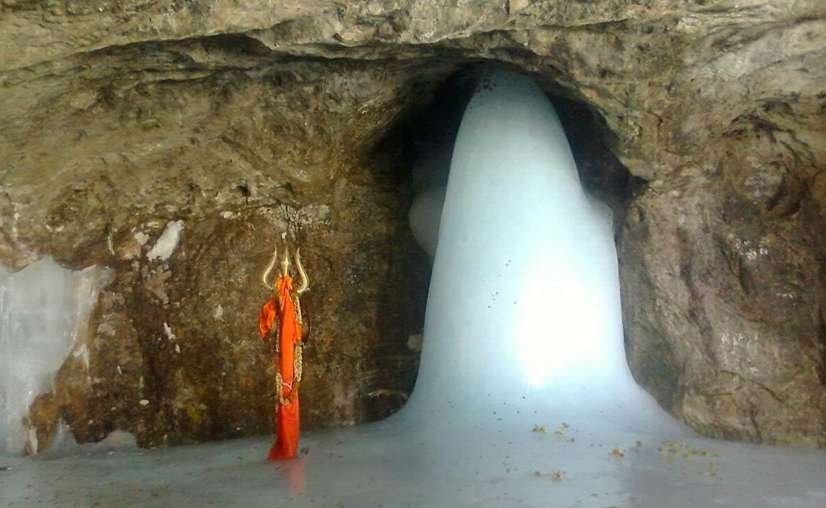
1. Introduction – Call from The Mahadev
For me, Kedarnath wasn’t a pin on a map—it was a summons. For months, the vision was stuck in my mind: an ancient stone temple, alone and defiant, eternally guarded by colossal, snow-dusted giants. It wasn’t just curiosity; it was an ache, a strange, undeniable echo that felt like I was remembering a place I’d known forever.
The mountains here aren’t just big rocks; they are Lord Shiva, the manifestation of the divine. You feel the energy of the Destroyer and Restorer, Mahadev, in every single stone. This place breathes ancient history—where the Panch Kedar stories played out, where old yogis found what they were looking for, and where raw nature bows to the ultimate silence of the spirit.
I’d pictured the pilgrims, the yatris—their cold breath turning to mist, their voices merging into that single, powerful, rhythmic chant: “Har Har Mahadev!” I imagined the temple bells cutting through the thin air, ringing not just across the valley floor, but slamming right into your soul.
They say you don’t choose to go to Kedarnath; you’re chosen. That it’s Shiva’s grace that allows you to set foot there. Was I going because I was desperate for peace? I felt an imperative: I had to go. I needed to just let go of my messy, fragmented self and see if the sheer immensity of the mountain—and the quiet strength of faith—could really handle the weight I was carrying. This wasn’t about the destination; it was about starting the real journey back to myself. The mountain was calling, and what could I do but pack my bags and go?
2. The Journey Begins – The Road to Devotion
Leaving home felt less like a trip and more like tearing myself away from the shore. I packed as little as possible, realizing the real junk I needed to shed was the baggage of my own expectations. Before I shut the door, I took a minute for a silent prayer, a moment of real humility, just asking for the strength to face whatever was ahead.
The official road started from the holy rush of the Ganga. Once we left the spiritual hubbub of Haridwar and the chilled-out vibe of Rishikesh, the road started winding its relentless way deep into the Garhwal Himalayas. It was a gentle, initial ease that quickly gave way to a constant, snaking dance along the mountain curves. Each mile felt like a spiritual sieve, shaking off the dust of the city and the noise of my life.
On one side, rock faces shot straight up; on the other, the fierce, stunning turquoise of the Mandakini River—Shiva’s river—roared its constant, ancient song. The air immediately felt cleaner, sharper, smelling of pine and damp earth. We’d stop at tiny, tough-looking dhabas clinging to the cliffs. The wood smoke and the smell of steaming chai were pure comfort, little islands of warmth and simple food.
The most powerful stop was Devprayag, where the Alaknanda and Bhagirathi rivers smash together to form the Holy Ganga. Watching those two distinctly different waters merge—one muddy, the other crystal-clear—was a perfect, living metaphor for my own life. It was the ego dissolving, the tiny “me” merging into the great collective. I just stood there, humbled, giving a silent nod to the pure, raw power of nature’s design.
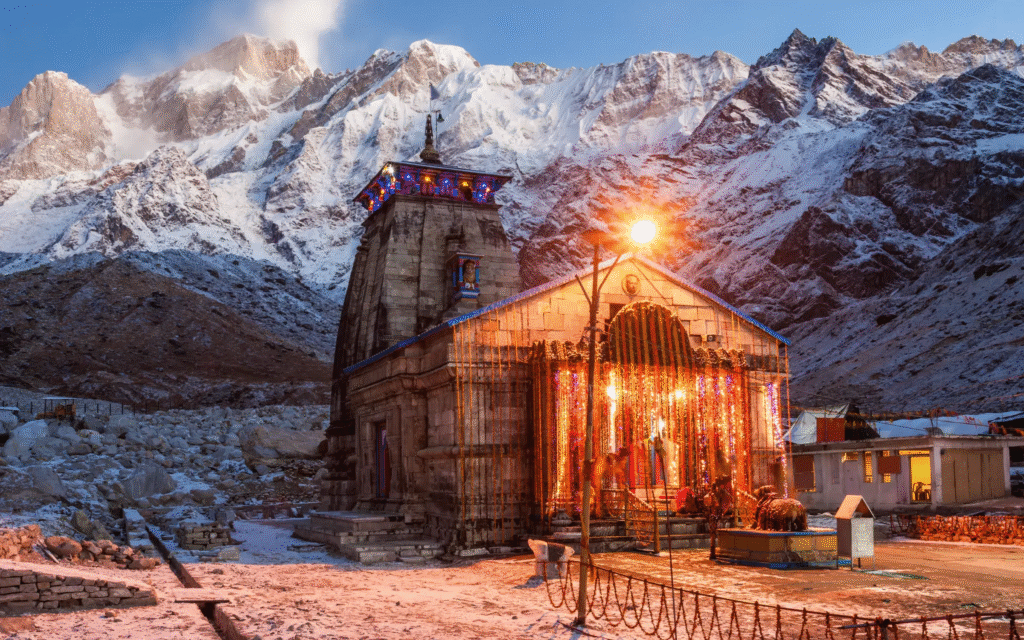
3. The Trek – Steps of Faith
The car ride ended at Gaurikund, Parvati’s village. I left the known world behind and started the 16-kilometer ascent. It was a biting October chill, thick with mist and the heavy, earthy smell of wet pine. The paved road disappeared, replaced by the raw, rough-hewn path of the mountain.
The first few kilometers were a cruel joke. The path looked fine but was immediately steep, and soon gave way to a relentless upward grind. My legs were screaming instantly. My little backpack felt like a ten-pound sack of rocks, and my breath started coming in shallow, desperate gasps. This is where the body completely gave up. All the intellectual talk and mental preparation meant nothing; all that mattered was the raw, immediate decision: stop or keep moving.
This is where the true, stubborn power of bhakti kicks in. The physical pain—the burning in the quads, the chill that seeped into my bones—was met by a quiet, tough reserve I didn’t know I had. The mantra “Om Namah Shivaya” became a heartbeat, perfectly syncing with the crunch of the path and the deep, life-affirming rhythm of my breath. The trail was a steady river of yatris. Their shared energy was my oxygen. Seeing an old woman, frail but determined, slowly but surely making her way up, supported only by a stick and sheer will, was more of a sermon than any I’d ever heard.
There were moments I just had to pause, not to rest, but to simply take in the staggering height of the peaks. I’d look up at the majestic, snow-covered mountains—the very roof of the world—cutting a sharp line into the impossibly blue sk
4. Arrival – At the Abode of Lord Shiva
It was after one final, gasping kilometer, after crossing a rickety wooden bridge and pulling myself up the last steep bit, that it happened. The mist parted, the valley opened up, and the Kedarnath Temple was standing right there. The sight hit me like a wave—it stole my breath and then filled my lungs with the purest, most profound air I’d ever known.
I joined the queue, my heart hammering a chaotic rhythm of anticipation. Inside the cool, dark shrine, the overwhelming scent of burnt ghee, frankincense, and sacred ash (vibhuti) hit me. And then, there I was: standing before the Jyotirlinga—that naturally formed, rough-hewn, pyramid-shaped rock that is Lord Shiva.
This was the moment of Darshan. It wasn’t just a statue; it was the raw, untamed energy of the universe made solid. As I gazed at the sacred stone, the entire crushing weight of my physical and emotional journey just lifted. A profound, deep silence settled inside me. It wasn’t about seeing a deity, but about feeling an intense, undeniable bond to a force that dwarfs us all. The old story flashed through my mind: Shiva, in the form of a bull, hiding from the Pandavas, only to leave this hump, this stone, as his refusal and then his ultimate blessing. Only those destined by his will can come here. In that singular moment of complete connection, I felt totally, undeniably chosen. It was a moment of bliss (ananda), where devotion finally found its release.

5. Nights in Kedarnath – Under the Divine Sky
The day’s ecstasy, however, surrendered to the terrifying reality of a night in Kedarnath. The lodgings were basic—a rough bed, thin blankets—and that was it. Yet, strangely, I felt a deep, steady warmth inside. After a simple meal of rice and lentils, the entire valley fell into an impossible silence.
Stepping outside, I was hit by a sight that literally brought me to my knees.
I talked for a while with a few others, including a gentle sadhu whose eyes held a deep, serene peace. He didn’t talk about grand miracles, but about the quiet work of endurance—the simple, hard effort of just being faithful. “Bhole Baba wants only honesty and effort,” he murmured. “The mountain is your teacher; the stone is your reminder.”
In that night stillness, silence wasn’t empty; it was a powerful presence. It was here I finally got it: silence is sacred, the only real language the divine can use to speak over the clamor of our modern lives.
The morning aarti was the perfect storm of sound and light. Before sunrise, the first rays—a stunning golden-orange—hit the peaks and slowly, slowly descended to warm the ancient stone of the temple. The ritual began: the rhythmic, ancient chants of the priests, the smoke from the incense rising straight up like a direct line to heaven, and the deep, soul-shaking vibrations of the hymns. Everything was in absolute, perfect sync—the earth, the stone, the mountains, and every devotee gathered, united in a singular act of praise.
6. The Return – Carrying the Mountain Within
The whole pilgrimage, I realized, is a cosmic joke. You burn so much physical energy to reach a place, only to find out the destination was inside you all along. The mountain hadn’t changed; I had. Fear had become trust; anxiety had become surrender; and my exhaustion was replaced by an unexpected, quiet fortitude.
I kept looking back, burning the image of that stoic temple against the endless snow into my memory. It was hard to say goodbye. The physical pain of the descent was nothing compared to the lightness in my heart. I wasn’t the same person who had started the climb. The pilgrimage doesn’t end when you reach home; it turns you into a living story of the journey.
7. Conclusion – Lessons from the Mountain
Kedarnath isn’t about getting answers; it’s about learning to accept.
Above all, it taught me about the quiet, unshakeable strength of faith. Bhakti isn’t a loud shout; it’s the silent, grinding resolve that keeps a tired body moving up a relentless slope. It’s the simple, complete trust that you are being looked after, no matter what happens.
I came back to the chaos of the world with a silence inside me that felt impenetrable. The mountain had stripped away all the junk, leaving me with only the essence of myself—humbled, tough, and somehow, completely connected. My journey to Kedarnath was really just the journey back to my own inner temple.
When I closed my eyes at Kedarnath, I didn’t see a god in a piece of stone—I saw the reflection of divinity within myself. That is the final, most precious gift of Mahadev’s mountain home.
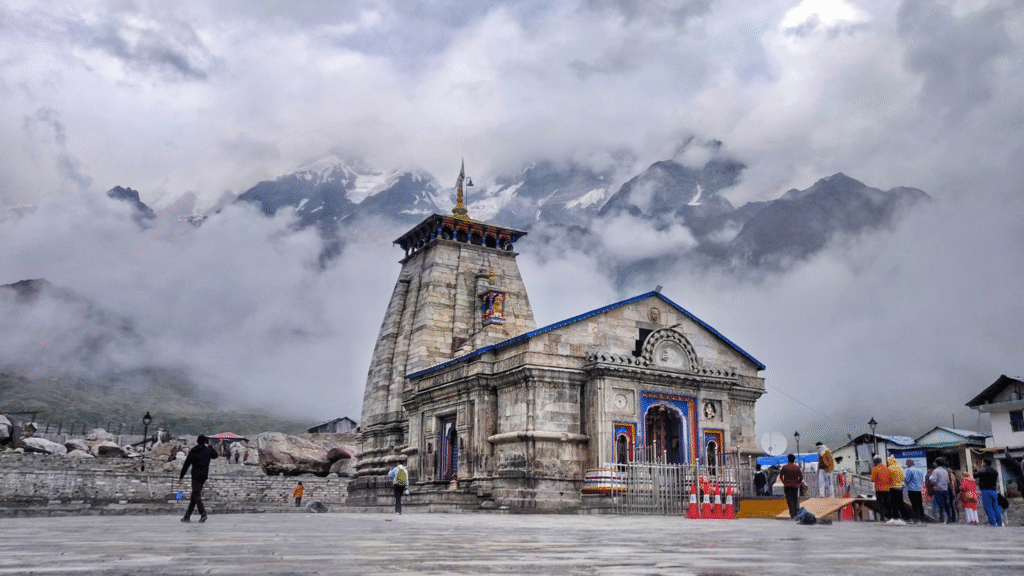
🕉️ Practical Tips for the Yatri
If you feel that call, here are the things you absolutely need to know:
When to Go: The temple is open from late April/early May (Akshaya Tritiya) until October/early November (Yama Dwitiya). May-June and September-October have the best trekking weather. Seriously avoid the monsoon (July-August) due to high risk of landslides.
Fitness First: The 16km trek is tough, and the altitude makes it harder. Start running or hiking months before. You need strong cardiopulmonary fitness.
Acclimatize: Spend a full day in a lower town like Rishikesh or Guptkashi before you start the ascent. Altitude sickness (AMS) is a danger—don’t rush it.
Must-Haves: Bring layers of warm clothing (thermal base layers are essential), good rain gear, strong hiking boots (broken in!), a sturdy stick, and a small kit of basic pain relievers and stomach meds.
The Trek: The path is packed, but walking is the best way to do it. You can hire ponies or palkis (carriers) from Gaurikund/Sonprayag if needed. Start early (ideally before 7 AM) to reach the top well before the night cold sets in.
Respect the Mountain: This is a fragile, sacred ecosystem. Carry all your non-biodegradable trash (plastic, wrappers) back down with you. Treat the mountains like the divine home they are.
If you loved reading abot this you might also like Gaumukh Tapovan Trek.


